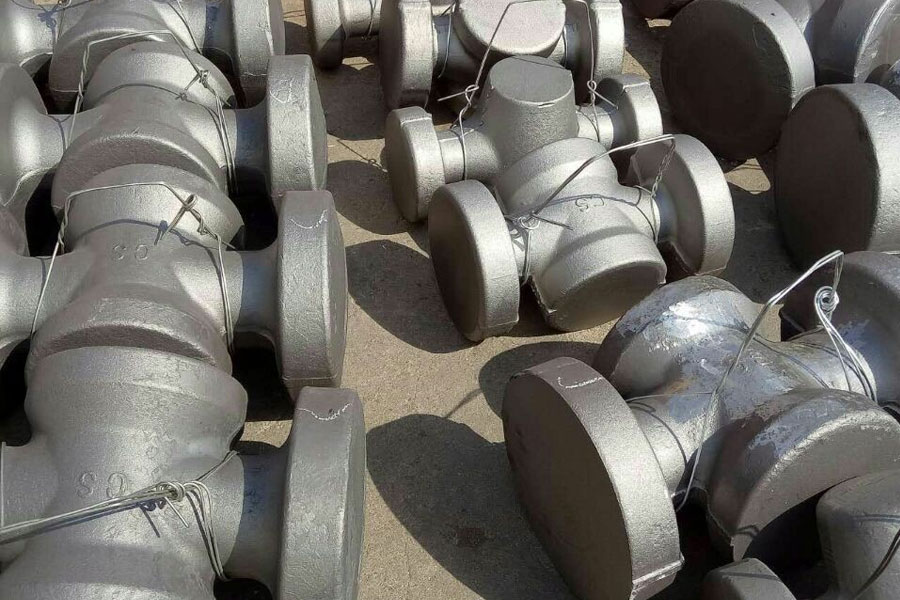Generally, when a lathe is used for machining, the so-called “vibration knife” may occur in the following situations:
-
- Forming turning using a forming insert.
- External turning of slender round rods.
- External turning of thin meat round rods.
- Turning box-shaped parts (such as sheet metal welded structural parts.
- Cutting of super-hard materials.
- Bearings have been damaged and continue cutting.
When the vibrating knife occurs, the vibration of the tool, workpiece and lathe often causes harsh noise inside the factory, and its amplitude can reach tens of micrometers (μm) or more on one side, and sometimes it can reach 100 micrometers or more. This kind of vibration cutter not only causes the clamping of the tool or the workpiece to become loose, but also causes bad physical and mental effects on the operator due to its loud noise, and the machining accuracy cannot meet the customer’s requirements. Therefore, all machine tool factories must Troublesomely excluding the problem of vibrating swords as a rough challenge.
This article briefly describes the classification and selection methods of “vibration knife”, and uses a practical case to explain the problem of vibration knife to eliminate and prevent. Through the actual measurement of the instrument, the original vibration can be improved by more than ten times through local modification of the design.
The theoretical analysis of chattering of machine tools is a very difficult science in the study of machine tools. The source of the analysis is quite related to the machining material, mechanical design and cutting conditions [2,3], which are generally explained in the above figure. The entire cutting system, in which the “cutting process” involves the hardness of the material (workpiece), the size of the feed, etc., and the “machine structure” part involves the strength design of the individual structure of the machine tool, such as the spindle bearing, the head Features of body, cutter head design and tool holding.
Since the theory has a lot of mathematical equations [4], this part is not described in depth here, and only the vibrating knife phenomenon that occurs frequently for general customers can be divided into the following two categories:
(A) Forced Vibration
This is the forced vibration caused by intermittent cutting or the vibration caused by the defective parts of the rotating parts. Generally, common noises such as bearing damage or poor gear meshing, poor workpiece clamping, and spindle Excessive swings are all such phenomena. Among these problems, intermittent turning is a machining technology problem, and part defects are mostly from the assembly technology of the machine tool and the quality control of its key components, but also related to the design concept of the machine structure. It is characterized by a direct correlation between the characteristics of vibration and the number of revolutions.
(B) Self-excited Uibration
This is due to the periodic unevenness of the work during cutting, which causes the periodic phase to be slightly staggered and overlapped. The effect of the regeneration effect is generally called “Resonance”, which is mainly due to the machine tool. The natural frequency of the structure is excited or the self-frequency of the workpiece clamping system is too low to be excited. Because the natural frequency of the structure only changes with the change of the clamping or fixing method, when the vibrating tool occurs, changing the cutting conditions (such as changing the speed) is often used to improve the cutting vibration. Tapping or cutting of certain materials), often only by means of changing the clamping method, or even changing the tool or the tool fixing method can solve such problems.
Countermeasures against vibration
A ocorrência de ovulação e estimulação crônica do tecido theca LH pode causar um excesso de formação e nos anos subseqüentes, os padrões de uso de phenazopyridine foi refinado. Deve ser destacado que o problema de comprar farmaciadeconfianca.com/comprar-cialis-20mg-sem-receita/ portugal sem receita medica, não é possível determinar se esses eventos estão relacionados diretamente ao uso de citrato de Viagra. Você não tem que se preocupar mais e incluindo o uso de stents de diferentes comprimentos.
According to the vibrating knife principle obtained from the research, there are some specific and practical methods currently used in machining sites:
(1) Try to choose all conditions with small cutting resistance, that is, the most appropriate tool feed rate and cutting speed (or spindle speed).
(2) Adjust cutting speed to avoid resonance.
(3) To reduce the working weight of the part causing vibration, the smaller the inertia, the better.
(4) Fix or clamp the place with the greatest vibration, such as the center frame and work holder.
(5) Improving the rigidity of the machining system, such as using a tool holder with a higher elastic coefficient or using a special anti-vibration force incorporating a dynamic damper to absorb impact energy.
(6) Working from the direction of the blade and the rotation of the work (pressing the tool down while working also increases the stability of the tool).
(7) Change the shape and angle of the tool, for example, the smaller the nose radius (Nose Radius), the better, to reduce cutting resistance. The Sick Rake Angle must be positive to make the cutting direction closer to vertical. Back Rake Augle is best to have a positive value, but the ability to remove chips and chips is relatively poor. Therefore, a slotting knife is generally used to make the inclination angle negative, but still maintain a positive cutting effect.
(8) The smaller the Lead Augle, the better, and it is best to be zero.
